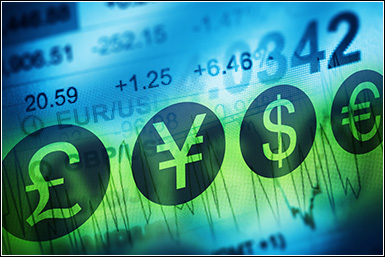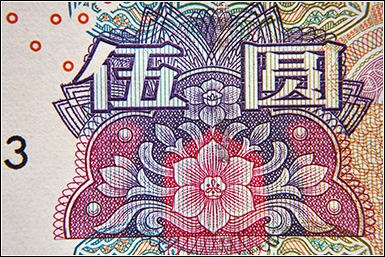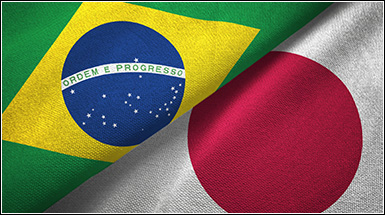
In our latest article, we explore the monumental shift unfolding in global finance: the transition from the Federal Reserve System to Treasury Certificates, powered by a revolutionary Quantum DeFi system. This change, dubbed the "Great Reset," signals a move toward a currency backed by real assets like gold and land, designed to stabilize the economy and provide a soft landing during the transition.
The new financial architecture promises transparency and security, driven by advanced decentralized technology, marking the end of the Federal Reserve's century-long control over the dollar. This reset is not just about the U.S.; it’s a global recalibration, as nations adapt to a decentralized financial future that prioritizes hard value over speculative fiat currencies.
The dawn of this new era presents opportunities for offshore investors, with Treasury Certificates set to form the backbone of a more secure, data-driven system. To read the full article and stay ahead of these developments, check out the full post on our website.
Featured Articles:
Japan’s Rate Conundrum: A Black Swan Event Waiting to Happen

This month, we explored how Japanese banks are pivoting away from riskier international investments, particularly in Brazil’s Collateralized Loan Obligations (CLOs), toward U.S. Treasury Certificates. While this shift offers stability, it also poses challenges. The lower returns from Treasuries, coupled with rising interest rates globally, could constrain Japanese banks’ profitability. Meanwhile, pulling away from emerging markets might also destabilize
credit conditions in countries like Brazil, where these banks have been deeply invested.
Our post dives into the implications of this move, examining how the shift toward Treasuries might provide short-term security but limit growth opportunities for Japan’s financial institutions. The pivot could also lead to liquidity issues in foreign markets, creating turbulence that investors need to watch closely.
If you missed this piece, catch up on the key insights here.
China’s Stimulus Bazooka: Japan Caught in the Crossfire

One of the most dramatic events this month was China’s launch of a massive stimulus program, sending shockwaves through global markets. While China’s STAR 50 index surged 12% in just one day, the effects on Japan have been far from positive. Our recent post explores how this stimulus is fueling inflationary pressures in Japan, which could lead to higher interest rates, a stronger yen, and lower equity markets.
For Japan, already facing the delicate task of managing its low interest rate policy, China’s stimulus adds another layer of complexity. As Japan grapples with these external forces, investors should closely monitor the spillover effects on Japanese equities and the broader financial market.
Dive into how this Chinese “bazooka” will impact Japan and offshore investors here.
Brazil and Japan: A Long-Standing Economic Relationship Amid Global Market Risks

The economic relationship between Brazil and Japan is both longstanding and complex. In this article, we delve into the trade and investment ties between the two nations, highlighting recent developments, challenges, and opportunities. As global market risks persist, understanding these dynamics is key for investors looking to navigate this evolving landscape.
Read more
Looking Ahead: Key Themes to Watch
As we enter the final quarter of 2024, we’re keeping a close eye on global interest rate trends and their impact on Japan and emerging markets. The ongoing shift towards Treasury Certificates, combined with Japan’s exposure to rising global interest rates, suggests we may see more volatility in offshore markets.
Now more than ever, a diversified investment strategy is essential for navigating these uncertain times.
Stay tuned for further updates as we continue to track these pivotal developments.
|









